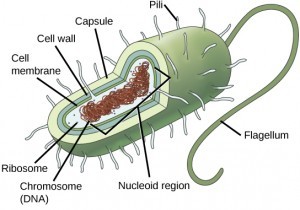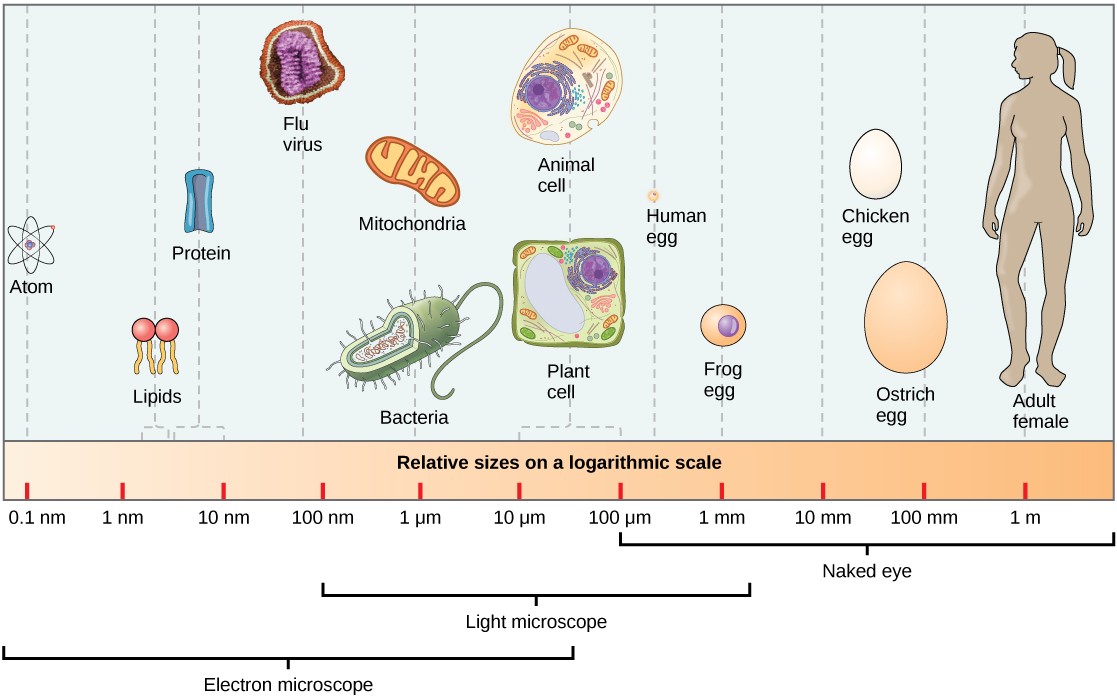Prokaryotic and eukaryotic cells represent the two fundamental types of cells found in living organisms. While both share basic cellular components, a typical prokaryotic cell is significantly simpler and smaller compared to a eukaryotic cell. This difference stems largely from the presence of membrane-bound organelles and a true nucleus in eukaryotic cells, features absent in prokaryotes. Understanding these distinctions is crucial to grasping the diversity and complexity of life.
Key Differences in Cellular Structure
The primary difference lies in the internal organization. Eukaryotic cells possess a defined nucleus, enclosed by a nuclear membrane, which houses the cell’s genetic material (DNA). In contrast, a typical prokaryotic cell lacks a nucleus. Its DNA resides in a less organized region called the nucleoid, which isn’t enclosed by a membrane.
Furthermore, eukaryotic cells contain various membrane-bound organelles, specialized compartments that perform specific functions. These include mitochondria (energy production), endoplasmic reticulum (protein and lipid synthesis), Golgi apparatus (protein modification and transport), lysosomes (waste breakdown), and vacuoles (storage). A typical prokaryotic cell lacks these sophisticated structures. Its cellular processes occur within the cytoplasm, a jelly-like substance that fills the cell.
Differences in Size and Complexity
Beyond internal organization, prokaryotic and eukaryotic cells differ significantly in size. A typical prokaryotic cell ranges from 0.1 to 5.0 micrometers (µm) in diameter, while eukaryotic cells are considerably larger, ranging from 10 to 100 µm. This size difference reflects the greater complexity of eukaryotic cells. The increased volume of eukaryotic cells necessitates compartmentalization through organelles to maintain efficient cellular processes. Prokaryotic cells, being smaller and simpler, can function effectively without this level of organization.
Examples of Prokaryotic and Eukaryotic Organisms
Bacteria and Archaea are the two domains of life composed entirely of prokaryotic organisms. These single-celled microorganisms thrive in diverse environments, playing essential roles in nutrient cycling and other ecological processes. Eukaryotic organisms, on the other hand, include a wider range of life forms, from single-celled protists (like amoebas and paramecia) to multicellular fungi, plants, and animals.
Summary Table: Prokaryotic vs. Eukaryotic Cells
| Feature | Prokaryotic Cell | Eukaryotic Cell |
|---|---|---|
| Nucleus | Absent (nucleoid region) | Present (membrane-bound) |
| Organelles | Absent | Present (membrane-bound) |
| DNA | Circular, located in the nucleoid | Linear, located in the nucleus |
| Size | Smaller (0.1-5.0 µm) | Larger (10-100 µm) |
| Organisms | Bacteria, Archaea | Protists, Fungi, Plants, Animals |


Conclusion
In summary, while both prokaryotic and eukaryotic cells are fundamental building blocks of life, A Typical Prokaryotic Cell Blank Compared To A Eukaryotic Cell, is characterized by its simplicity and smaller size, lacking a true nucleus and membrane-bound organelles. This basic difference reflects the evolutionary history of life on Earth and underscores the remarkable diversity of cellular structures and functions.